Dedicated and experienced physiotherapy treatments involve personalized care from skilled professionals who use techniques like manual therapy, therapeutic exercises, wax therapy, electrical stimulation, and to restore movement, alleviate pain, and improve quality of life for various conditions such as injuries, post-surgical recovery, and chronic pain. An experienced therapist assesses, diagnoses, and treats physical impairments, helping patients achieve optimal well-being through a tailored, holistic approach.
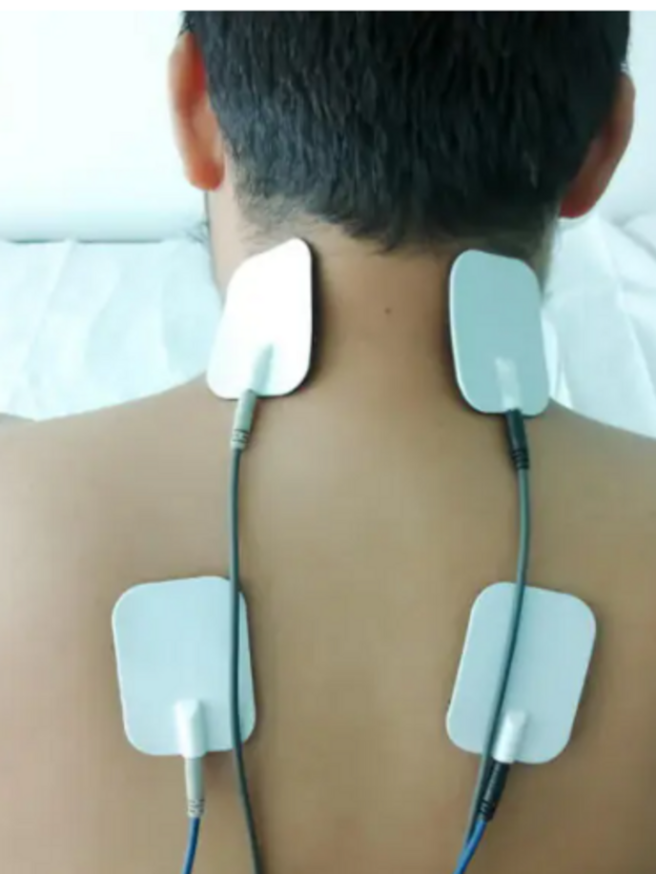
Interferential Therapy, is a non-invasive electrotherapy that uses two medium-frequency currents to generate a low-frequency current in the body's tissues. This generated low-frequency current penetrates deeply to relieve pain by blocking pain signals and stimulating endorphin release, reduce swelling and inflammation, and promote healing and muscle relaxation. It's used for a variety of conditions, including chronic pain, arthritis, sports injuries, and post-surgical pain, but should be administered by a qualified professional.
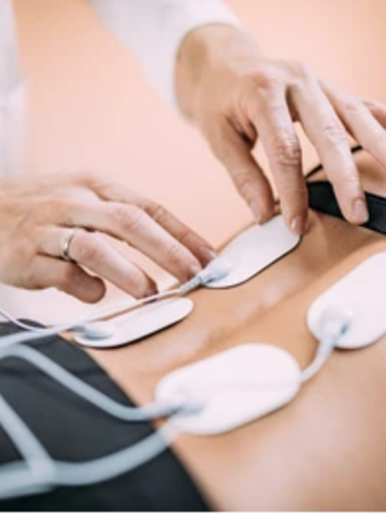
Transcutaneous Electrical Nerve Stimulation to deliver low-voltage electrical currents via electrodes placed on the skin to block pain signals, stimulate natural pain-relieving endorphins, or both. TENS unit, is used to adjust the electrical current's intensity, frequency, and duration for a comfortable tingling sensation to relieve acute or chronic pain, and is used for various conditions such as back pain, knee pain, and shoulder pain.
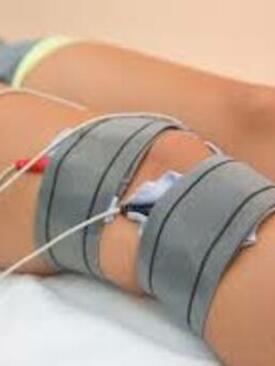
EMS (Electrical Muscle Stimulation) physiotherapy utilizes electrical currents to induce muscle contractions, aiding in rehabilitation, pain management, and muscle strengthening. It's a technique where electrodes are placed on the skin over targeted muscles, and a device delivers electrical impulses to cause the muscles to contract. This therapy is used in conjunction with other physiotherapy methods to enhance recovery and improve muscle function.
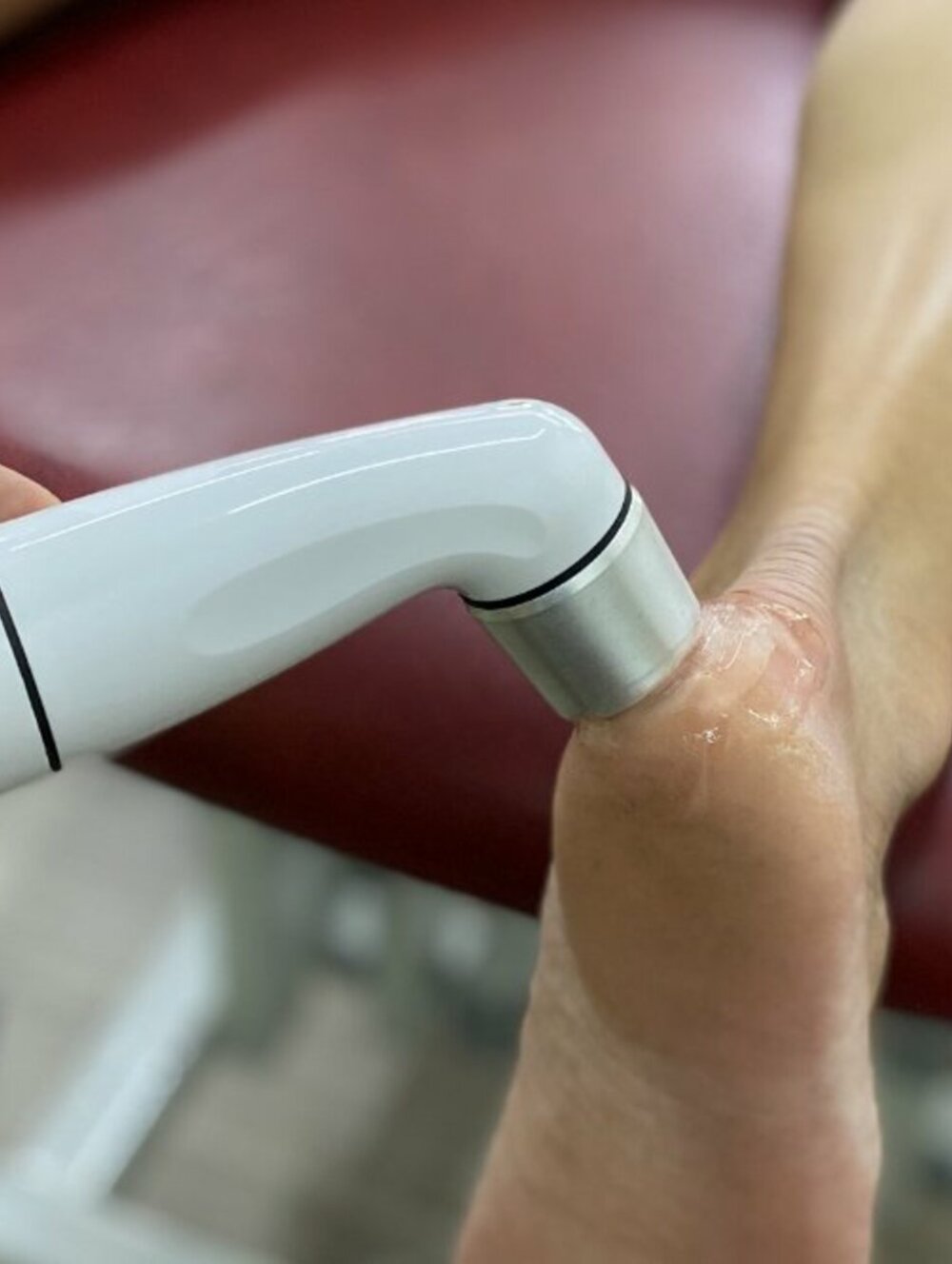
Ultrasound physiotherapy uses high-frequency sound waves to create deep heat or mechanical vibrations in soft tissues, promoting healing, reducing pain, swelling, and inflammation, and improving tissue flexibility. This non-invasive treatment is applied with a probe and gel, utilizing continuous waves for deep heating and pulsed waves for acute inflammation, aiding recovery for conditions like muscle strains, tendonitis, and scars.
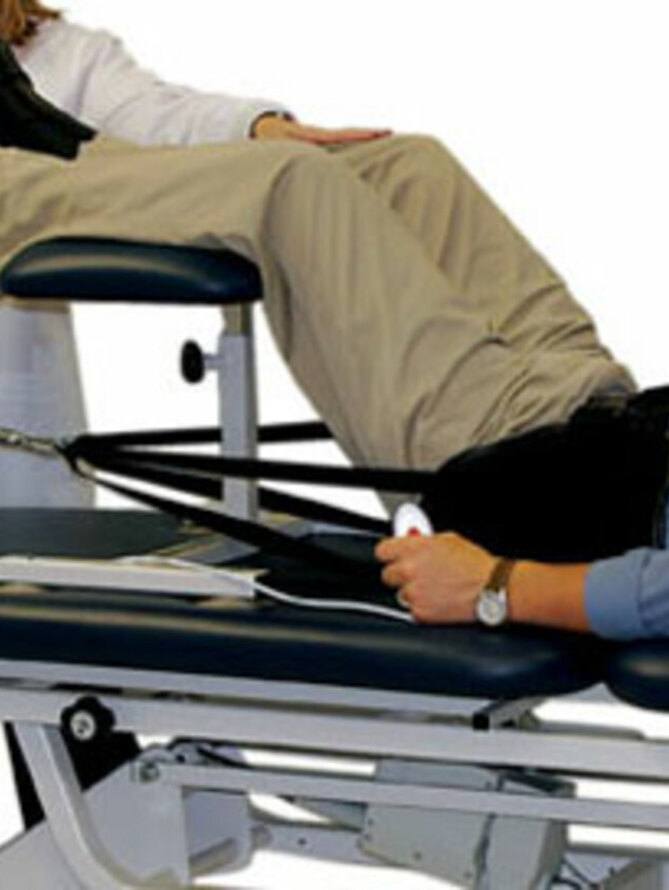
Cervical and lumbar traction are physiotherapy techniques involving applying a controlled stretching force to the neck (cervical) or lower back (lumbar) to decompress the spine, reduce nerve pressure, and relieve pain associated with conditions like disc herniation, spinal stenosis, and muscle spasms. This technique can be performed manually by a physiotherapist or using specialized mechanical devices, and it is often incorporated into comprehensive treatment plans that may include other therapies and targeted exercises to improve spinal health and mobility.

Pediatric physiotherapy focuses on improving the physical development, movement, and overall quality of life for children from birth to 18 years old, addressing conditions like cerebral palsy, developmental delays, and injuries. It involves assessing a child's balance, coordination, posture, and motor skills to create personalized treatment plans. Therapists use play-based and fun approaches to motivate children, helping them achieve milestones like sitting and walking, and improving strength, flexibility, and independence.
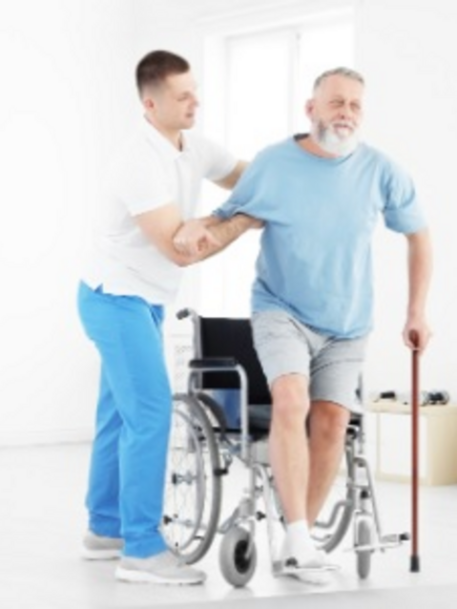
Physiotherapy is a core component of stroke recovery, focusing on restoring physical function like movement, balance, and coordination through tailored exercises and strategies such as motor relearning, strength training, and mobility training. Therapists use techniques like constraint-induced therapy to stimulate neuroplasticity, which encourages the brain to form new neural pathways, and may recommend mobility aids like walkers or canes to improve function and independence. Early and consistent therapy is crucial for preventing complications, maximizing recovery potential, and improving overall well-being after a stroke.
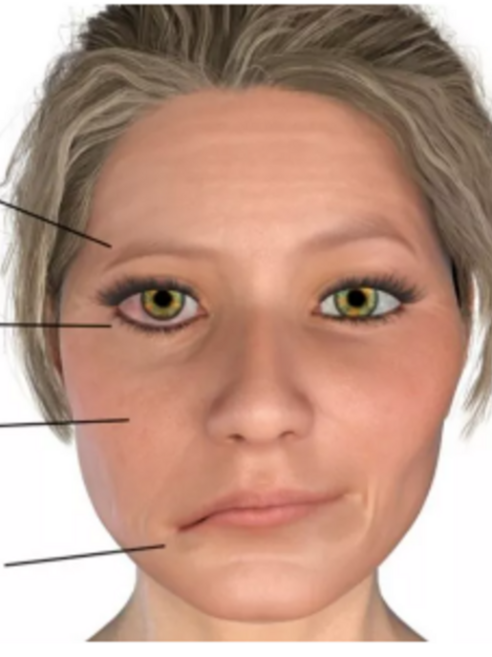
Physiotherapy plays a crucial role in the treatment of facial palsy, aiming to restore facial movement and function through various techniques. These techniques include neuromuscular retraining, electrical stimulation, and facial exercises, often guided by biofeedback and mirror therapy.
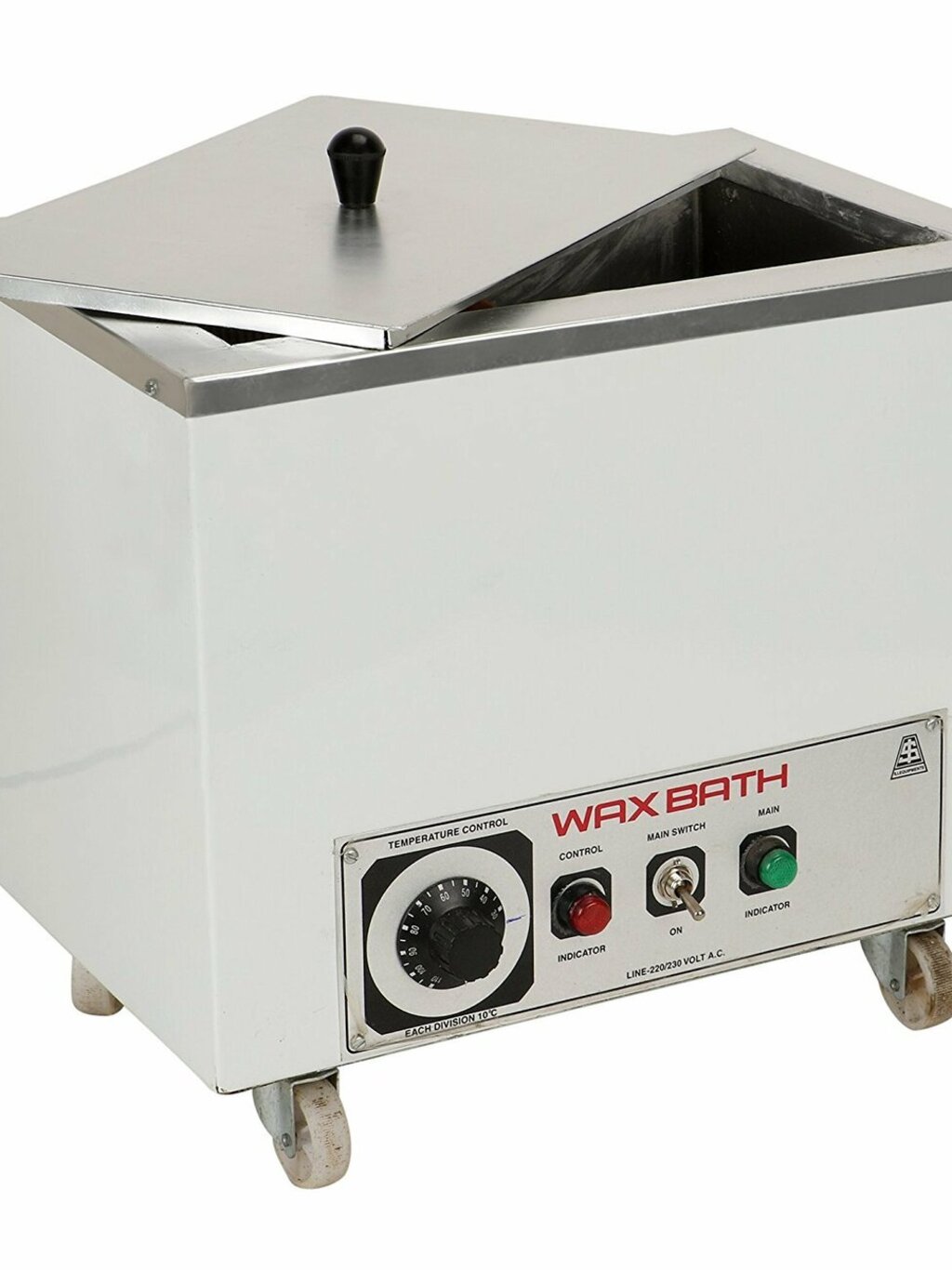
Wax therapy in physiotherapy involves applying warm paraffin wax to body parts like hands and feet to provide deep heat therapy, which soothes sore muscles and joints, improves blood circulation, reduces stiffness, and enhances mobility. Physiotherapists use it primarily for conditions such as arthritis, tendonitis, and post-injury recovery, often as a pre-treatment to prepare tissues for stretching or other manual therapies. The wax is heated, the body part is immersed or coated, and as it cools, the heat penetrates deeply, making it a safe and effective treatment.

Orthopaedic physiotherapy treats musculoskeletal issues affecting bones, joints, muscles, ligaments, and tendons, aiming to restore function, reduce pain, and improve mobility. It involves tailored exercises, manual therapies, and other techniques to manage conditions like arthritis, fractures, and strains, as well as to aid recovery from orthopaedic surgery. The goal is to enhance the body's ability to move, strengthen tissues, prevent further injury, and improve overall quality of life.
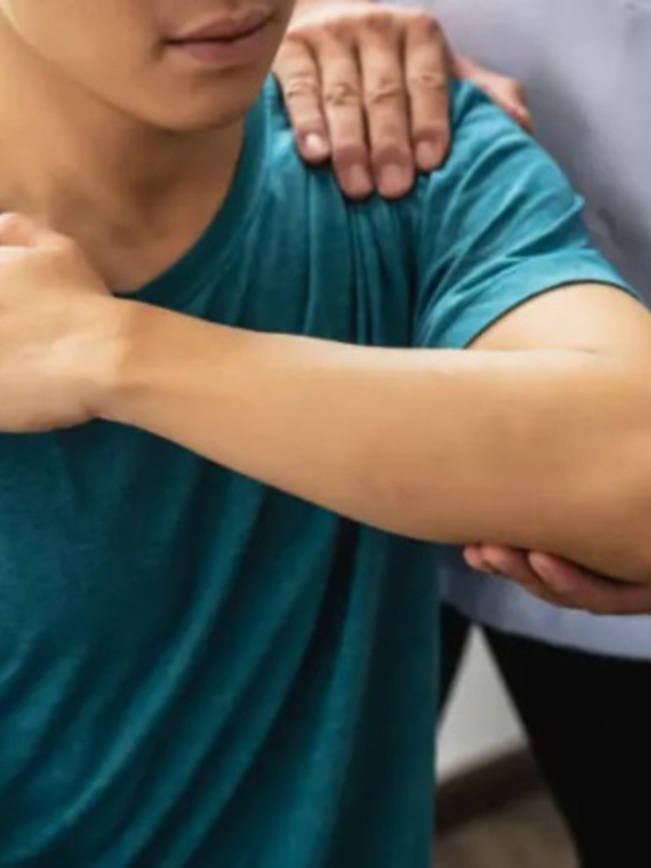
Manual physiotherapy, also known as manual therapy, is a hands-on approach used by physiotherapists to assess and treat musculoskeletal conditions and injuries. It involves skilled, specific hand movements to improve tissue extensibility, range of motion, and pain management.
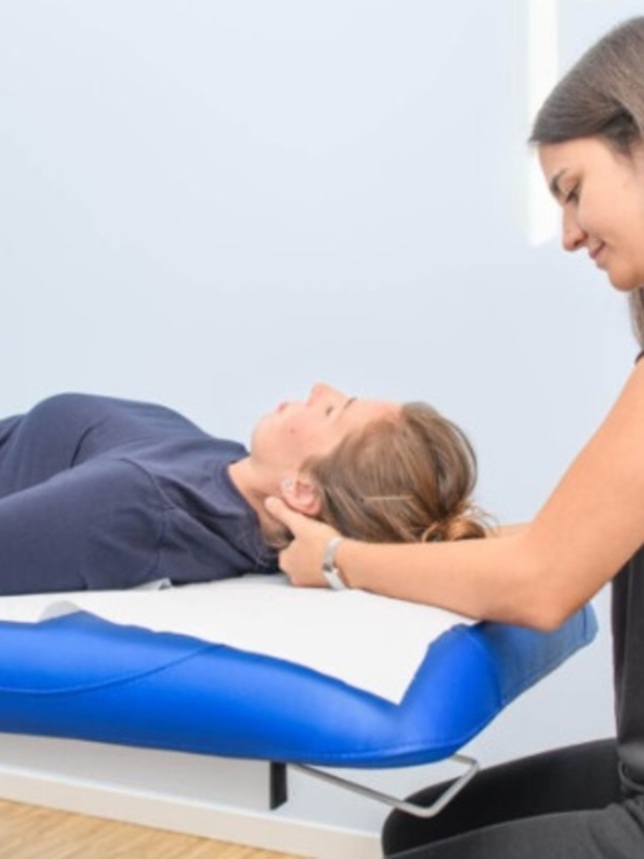
A female physiotherapist benefits women by providing tailored, holistic care for conditions like pelvic floor dysfunction, pregnancy-related pain, and post-surgical recovery, offering non-invasive treatments such as exercise, manual therapy, and education to improve physical function, reduce pain, and enhance overall well-being. They also specialize in sports injuries and musculoskeletal issues, empowering women with knowledge for injury prevention and improved performance.











